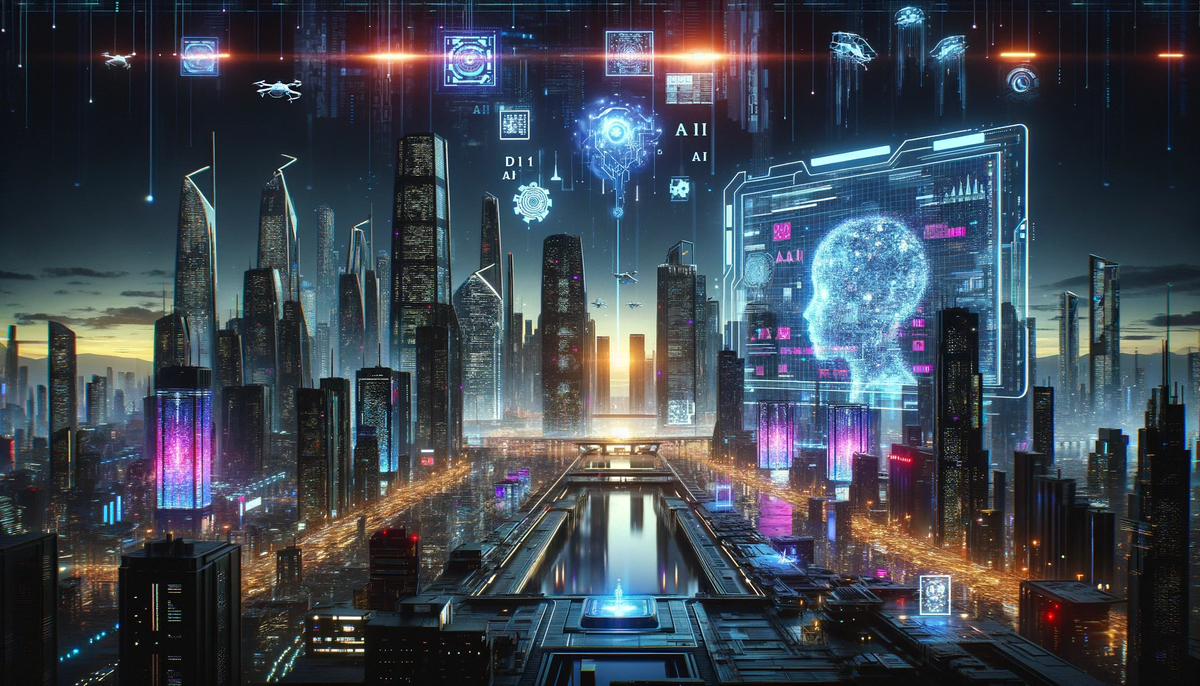Dystopian Echoes: The Dark Consequences of AI and AGI Disinformation in the Digital Age
In a world where AI myths overshadow reality, disinformation fuels fear, stifles innovation, and distorts policy. This digital deception threatens the ethical evolution and potential of AI and AGI, casting a dark shadow over our technological future.

The pervasive spread of online disinformation about Artificial Intelligence (AI) and Advanced General Intelligence (AGI) has become a modern-day digital plague, casting a menacing shadow over the technological landscape. This article delves into the depths of this issue, exploring how the proliferation of misinformation and falsehoods not only skews public perception but also sows the seeds of unwarranted fear, misguided policies, and potentially catastrophic misunderstandings.
At the heart of this crisis is a fundamental distortion of what AI and AGI are, and what they are capable of achieving. AI, in its current form, is a set of algorithms and machine learning models designed to perform specific tasks, often mimicking human-like capabilities. AGI, a still-theoretical concept, refers to a machine's ability to understand, learn, and apply intelligence to solve any problem, much like a human being. However, the internet is rife with dramatized portrayals and sensationalist narratives that paint these technologies as omniscient, omnipotent entities, poised to usurp human dominance or spiral out of control.
This disinformation is not a benign misrepresentation. It fuels a dangerous narrative, one that fosters fear and opposition towards AI developments, potentially stifling innovation and the many benefits it can bring. In healthcare, for instance, AI's potential to revolutionize diagnosis and treatment is immense. Yet, the fear-mongering around AI could lead to resistance against its integration, depriving the medical field of crucial advancements.
Furthermore, the propagation of false information about AI and AGI has profound implications for policy-making and regulation. Policymakers, influenced by skewed public opinion and sensationalized media reports, may enact restrictive laws and regulations based on misunderstandings and fear rather than informed, rational decision-making. This could lead to a stifling regulatory environment that hampers the growth and ethical development of AI technologies.
The disinformation also feeds into the larger, more ominous threat of a global misinformation pandemic. In an era where fake news spreads faster than the truth, the myths and falsehoods surrounding AI and AGI contribute to a broader erosion of public trust in science and technology. This distrust extends beyond AI, undermining faith in other critical scientific endeavors and advancements.
Perhaps the most perilous aspect of this issue is the potential for malicious actors to exploit AI disinformation for their gain. By spreading fear and uncertainty about AI, these actors could manipulate public opinion, sway political landscapes, and even destabilize economies and societies. The weaponization of AI disinformation becomes a tool for chaos, serving the agendas of those who seek to disrupt and divide.
In conclusion, the dangers of online disinformation about AI and AGI are multifaceted and deeply concerning. It distorts public understanding, hinders technological progress, influences policy in detrimental ways, erodes trust in science, and opens the door to exploitation by nefarious entities. As we stand on the brink of a new era of technological advancement, it is imperative that we combat this tide of misinformation with robust education, transparent communication, and a commitment to truth. Only then can we harness the full potential of AI and AGI, ensuring that these powerful tools serve humanity's best interests, rather than becoming pawns in a dangerous game of digital deception.



